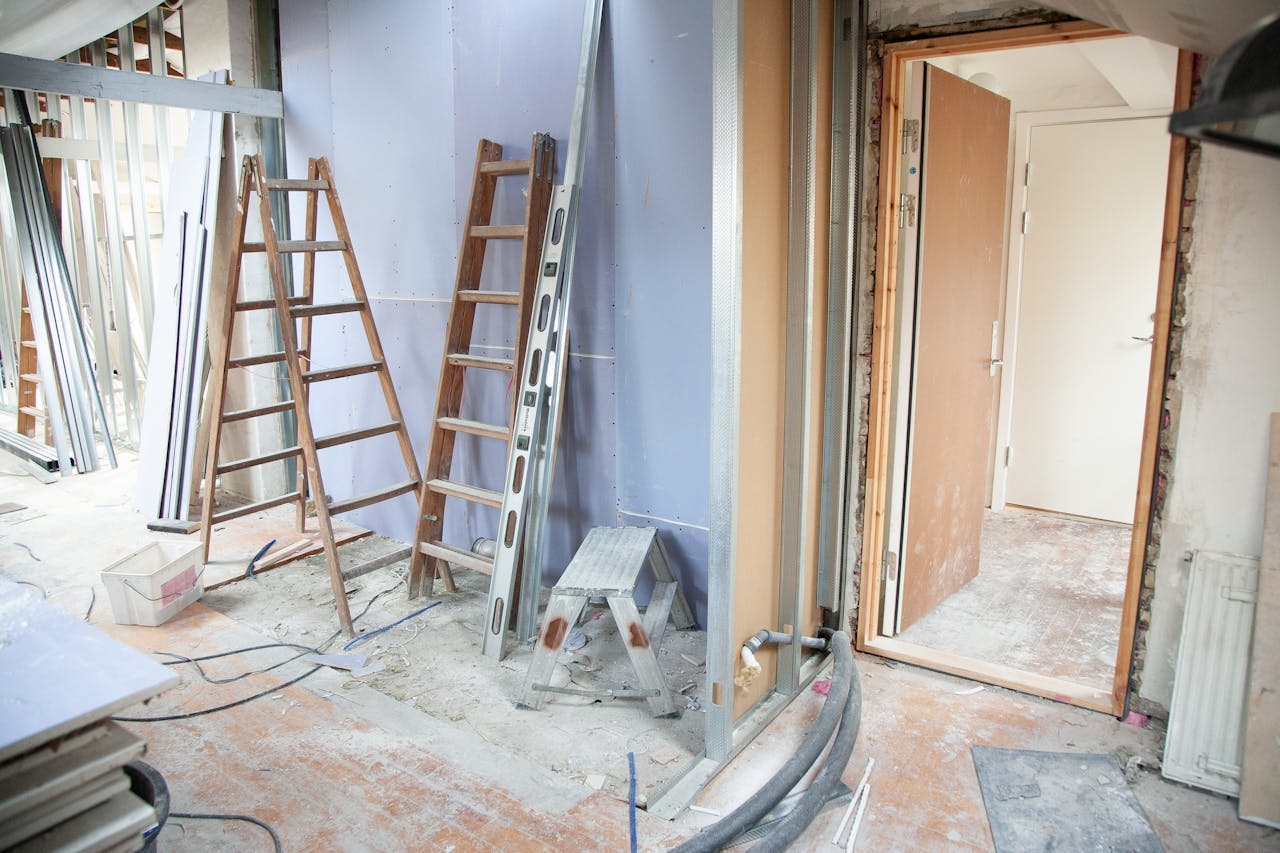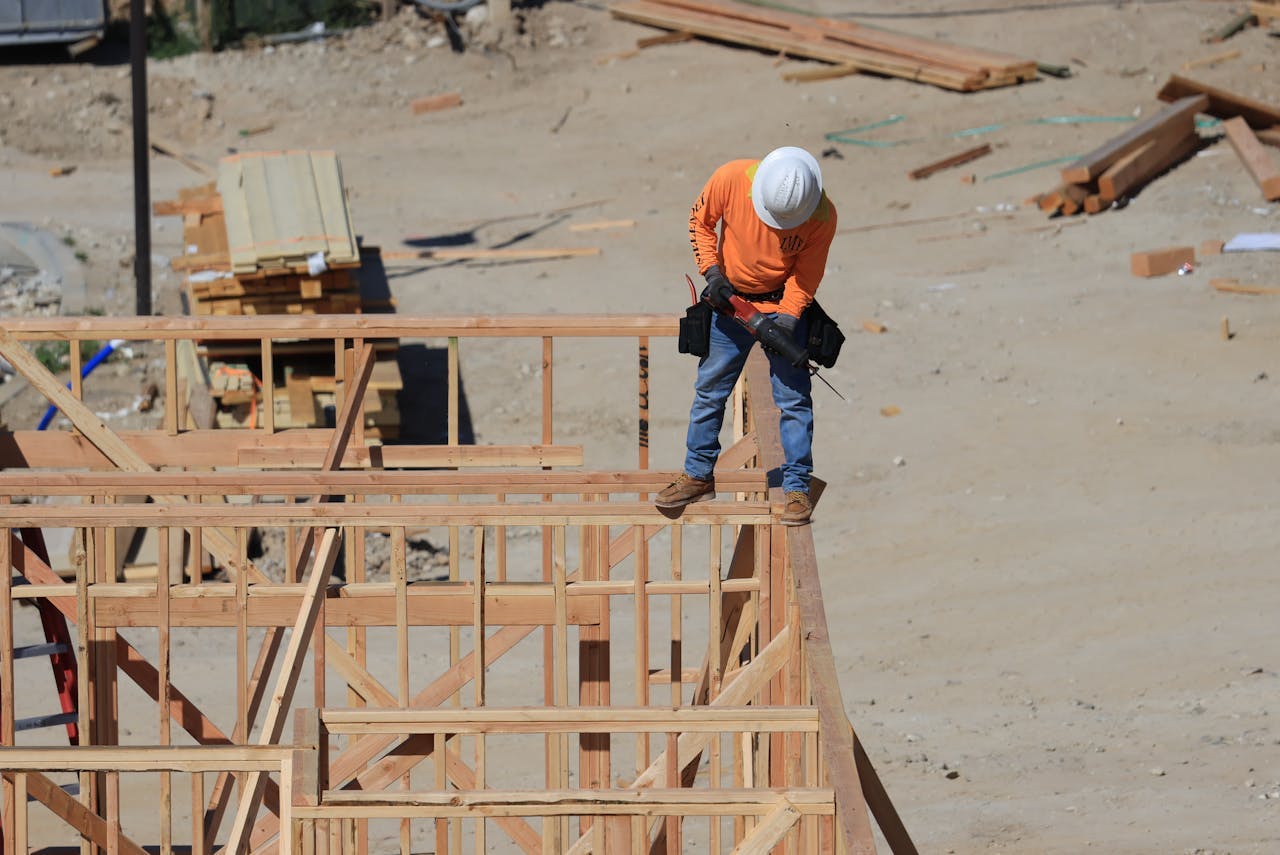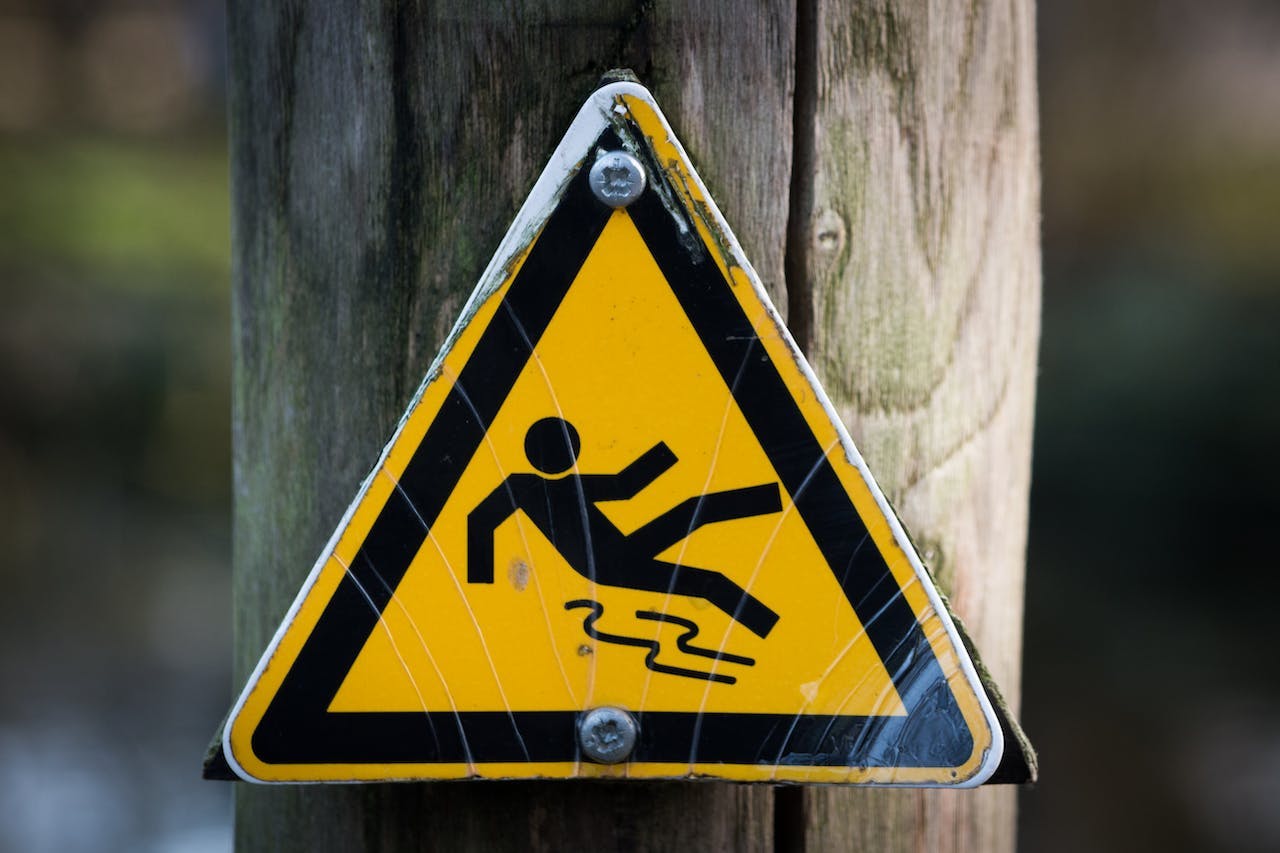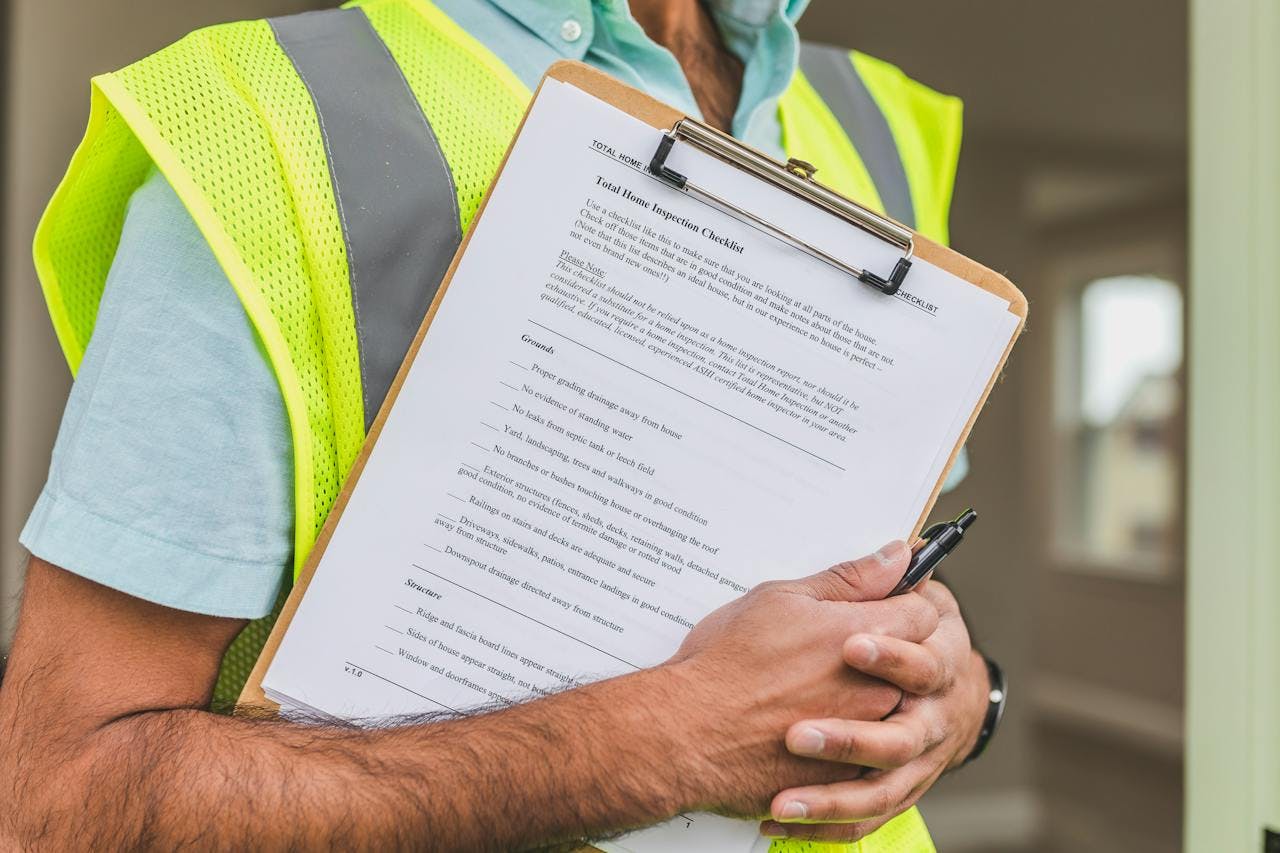Employers are always looking for ways to provide a safer working environment for their employees. Cutting down on health hazards and minimizing the chance of worker injury benefits both the employees and the company’s reputation as a whole. It’s not only a moral responsibility but also a legal one.
In response to the rising incidence of workplace injuries at the time, the U.S. government enacted the OSH Act in 1970, which established the Occupational Safety and Health Administration (OSHA). This federal agency sets and enforces regulations to protect employees from workplace hazards and promote safer working environments.
Given that work-related injuries cause the death of one worker every 111 minutes on average, it’s no secret that OSHA compliance is a big-name topic for businesses everywhere. So what do OSHA standards entail, and what can you do to ensure that your organization is compliant?
- What Is OSHA Compliance?
- What Does It Mean For Me?
- Understanding OSHA Standards
- Standards Regarding Personal Protective Equipment
- How Are These Standards Enforced?
- Is There Anything Else I Should Know?
- Quick Start Guide to OSHA Compliance
- Achieve the Ultimate Safety Standards and Operational Excellence Through monitorQA
What Is OSHA Compliance?
OSHA compliance involves all the policies, tools, and programs a business uses to adhere to OSHA regulations. An OSHA compliance plan includes things like:
- Protection against falls, such as safety measures when using ladders or scaffolding
- Bodily protection using safety equipment to protect the eyes, face, and respiratory system
- Safety protocols when working with dangerous machinery
- Communicating information about hazards to staff through training and signages.
This list is certainly not complete, so read on to discover how OSHA applies its standards to your industry.

Does It Apply to Me?
Most likely, the answer is yes. Most private employers and public sector employees are entitled to coverage under OSHA requirements. Coverage ranges from all 50 states and some federal territories like the District of Columbia, the Virgin Islands, Guam, Puerto Rico, and many others.
Some states even have their own state-run programs that OSHA supports and funds, which work in tandem with federal OSHA guidelines. While workers enjoy coverage split between these two entities, the federal OSHA program has ultimate authority when it comes to health and safety standards.
Compliance is mandatory for all private sector organizations, though there are some exceptions:
- Self-employed individuals
- The immediate family members of employers in the agricultural industry
- Industries where other federal agencies, like the Department of Energy or the Coast Guard, handle workplace hazards (though OSHA does still listen to employee safety complaints)
- State and local government employees
It’s worth noting that, while state and local government employees don’t have direct coverage from the federal OSHA agency, they still have coverage in certain states with an OSHA-approved plan. In addition, other states like New York, Maine, and a few others have dedicated OSHA programs for the public sector exclusively.
What Happens If I’m Non-Compliant?
In addition to the apparent risk of injury, illness, or death for employees, not paying attention to OSHA guidelines can be significantly detrimental to the company:
- OSHA citations come with high penalties running on average $2,500 per citation, though the amount could be higher depending on the severity of the risk.
- Poor morale amongst staff. Employees want to work for a company that cares about their safety and well-being.
- Missed work time due to workplace incidents and compensation claims from injured workers.
Non-compliance can also result in OSHA conducting an in-person inspection of your facility. These inspections occur when:
- An employee has submitted an anonymous complaint to OSHA.
- An incident has occurred already that has resulted in physical harm.
- The employer has responded inadequately about a previous hazard.
In extenuating circumstances, OSHA may refer a whistleblower investigator to conduct the visit. Whistleblowing occurs when an employee files a complaint, and the employer retaliates in some way, such as threatening to fire the employee. Whistleblower investigations run through an entirely different process and are much more pressing.
What Does It Mean For Me?
OSHA compliance implies many rights and responsibilities for both employers and their employees.
For Employers
Businesses are responsible for identifying health and safety hazards in their workplaces and making changes to address them accordingly.
- Eliminating or reducing hazards by modifying working conditions.
- Installing tools and systems to boost safety conditions, such as ventilation to reduce toxic fumes or gasses.
- Implementing new work policies like requiring employees to wash their hands before returning to work or keeping them in designated areas away from potential hazards.
These courses of action should take priority before turning to personal protective equipment (PPE) like masks and gloves. PPE is a solution only after considering all these other methods.
Employers also owe their employees certain rights:
- Providing OSHA-mandated medical tests like hearing exams
- Informing employees of chemical hazards through training, color-coded signages, and information sheets
- Posting OSHA citations and the OSHA poster in the workplace for all to see
- Offering safety training courses relevant to their roles in identifying and control workplace hazards
- Providing personal protective equipment at no additional cost
- Installing emergency exit signs and clearing out fire exits properly in preparation for potential workplace fires
- Having a first-aid kit on site
- Not retaliating against employees who exercise their rights under OSHA
Besides these responsibilities, employers must also keep accurate records of workplace injuries and illnesses. In the event of an incident, they must notify OSHA within 8 hours of a fatality and within 24 hours of a significant injury.
Regarding inspections, employers must respond to phone or fax inspections within 5 days and be prepared to offer in-person inspections if OSHA calls for them.

For Employees
Employees under OSHA coverage have the right to ask about the substances they use at work. Employers must disclose information and answer questions or concerns about potentially toxic chemicals.
But employees also have their own responsibilities under OSHA.
- Properly examining and following all safety guidelines in the workplace
- Closely following safety practices presented during training
- Reporting hazards to the employer upon identification
- Avoiding the influence of drugs and alcohol while at work
Regarding OSHA inspections, employees have the right to request one anonymously without the threat of retaliation from the employer. They or their representatives can accompany the inspector during the visit and can speak with the inspector confidentially if desired. After an inspection, employees can view the findings and actions taken.
Understanding OSHA Standards
OSHA standards are the rules and methods that employers must follow to protect employees from workplace hazards.
While there are specific regulations for agriculture, construction, and maritime businesses because of their high-risk working environments, most of OSHA’s standards apply to “general industry,” which comprises most businesses in the country.
Some specific examples of OSHA standards to address include the following.
- The Hazards Communication Standard ensures that employees are aware of hazardous chemicals used at work and have protection against exposure.
- The Fire Prevention Plan Standard aims to prevent fires and promote workplace fire safety practices.
- The Bloodborne Pathogens Standard stops employees from being exposed to blood or other infectious materials.
In addition, the General Duty Clause of the OSH Act acts as a backup to these standards. As a result, companies must remove severe hazards from the workplace even if no pre-existing OSHA standard covers them.

Standards Regarding Personal Protective Equipment
The OSHA standards mention personal protective equipment multiple times, though no one section exclusively talks about it.
In general, employers are responsible for performing a workplace hazard assessment and identifying where PPE might be needed. This equipment must be available to all employees, who must receive training on how to use it. PPE itself must be maintained and replaced if necessary.
Employees are responsible for cleaning and maintaining their equipment and informing supervisors whenever repairs or replacements are necessary.
How Are These Standards Enforced?
OSHA enforces its regulations primarily through inspections. These visits are unannounced, though employers have the right to ask for identification and a warrant from an OSHA compliance officer.
Two types of inspections exist under OSHA guidelines: by phone or fax and in-person. Phone/fax inspections involve an OSHA representative calling the employer, detailing the allegations, and faxing over a report of the potential hazards. The employer has up to 5 business days to respond by showing what corrective actions it has implemented.
In-person inspections involve an inspector physically visiting the site. The steps in this process are:
- Going through the workplace’s inspection history
- Holding an opening conference to discuss the details of the visit
- Taking a walking tour around the workplace to check for hazards
- Holding a closing conference to discuss the findings.
Potentially unsafe working conditions prompt an in-person inspection. These visits can happen if a significant injury or illness has occurred on site, a worker has complained before, or a follow-up inspection occurs to succeed a previous inspection. Specific high-risk industries may also have regularly scheduled visits known as targeted inspections.
Is There Anything Else I Should Know?
Many employers might ask whether safety meetings are mandatory according to OSHA standards. The truth is that OSHA doesn’t specifically mandate safety meetings, but you should check with your state, which might.
It’s also worth noting that, like all types of government regulations, OSHA standards and interpretations are subject to change over time. Please keep track of these changes regularly through the OSHA website or its newsletters.
Quick Start Guide to OSHA Compliance
Adhering to OSHA’s guidelines can be daunting initially, and many employers don’t know where to start. So here are some starting steps to get your compliance program off on the right foot.
Evaluate Your Current Risks
Perform an in-house assessment of your current safety risks, policies, and practices. Identifying risks is essential, as not all industries have clear-cut hazards.
If you see any, fix them immediately rather than marking them down for later. OSHA will ask you to fix problems promptly during in-person inspections so that nothing slips through the cracks.
Turn to Consulting
Check out OSHA’s guide to various tools, recommended practices, and safety checklists. Compliance Assistance Specialists are also available from OSHA to help out smaller businesses or those in high-risk industries.
Private consulting is also an option for more specialized advice, though it’s important to check for reputability through testimonials and reviews before ordering a service.
Look For Training and Certification
OSHA offers recommendations for employee training on its website. The Outreach Training Program additionally offers workers ways to learn about safety and health hazards on the job. Entry-level courses, as well as more advanced topics, are on offer.
Achieve the Ultimate Safety Standards and Operational Excellence Through monitorQA
OSHA compliance is both a legal requirement and an ethical one. Businesses dedicated to the health and well-being of their employees can minimize their risks and boost their reputations.
OSHA guidelines range from fire safety to the use of hazardous chemicals in the workplace. Employers can respond by reducing on-site hazards, offering protective equipment and training to staff, and preparing for inspections whenever OSHA calls for them.
How can employers check their own compliance or that of their business partners? With the rise of mobile inspection software, it’s now fast and efficient to do your own hazard check-ups.
monitorQA helps companies streamline safety audits by creating an intuitive and collaboration-focused auditing process that allows companies to address hazards and make more informed business decisions.
Don’t wait for an incident to happen. Take a proactive approach to safety standards with monitorQA today.
last modified:09.17.24
Recent Posts

Top 5 Food Processing Industry Trends That Matter in 2025

Keeping Up With Compliance Trends 2025

OSHA Ladder Safety 101: How to Meet OSHA Standards and Keep Your Workers Safe

Car Wash Safety: Regulations & Best Practices You Need to Know

Fall Hazards At Work: How To Keep Your Employees Safe

The High Price of Neglect: OSHA Violations and Penalties

Expert Advice on Preventing Workplace Electrical Hazards

Slips, Trips and Falls in the Workplace: Best Practices

HSEQ Audit: The Complete Guide

Improve Safety: Inspection Management Software Benefits
